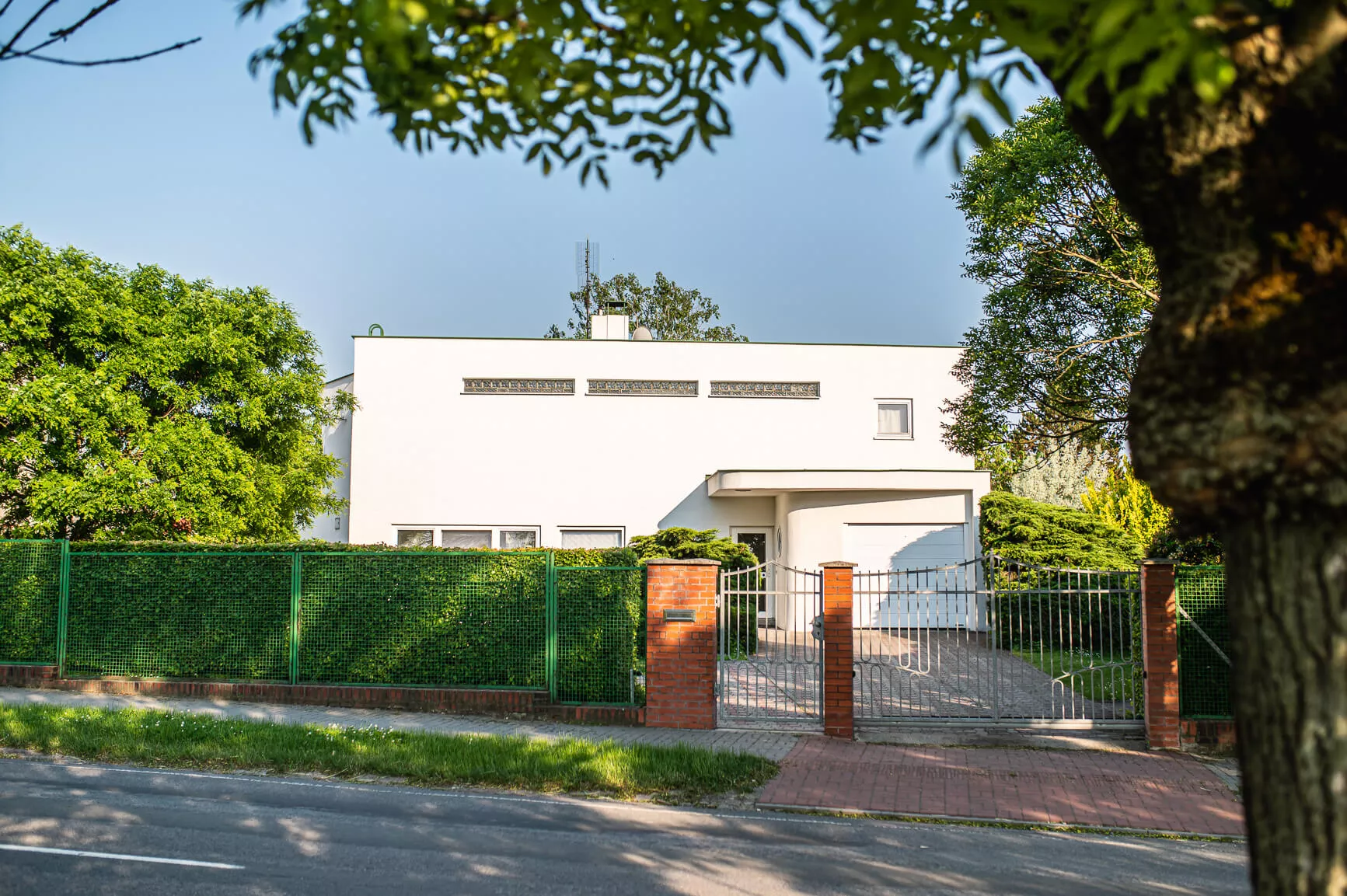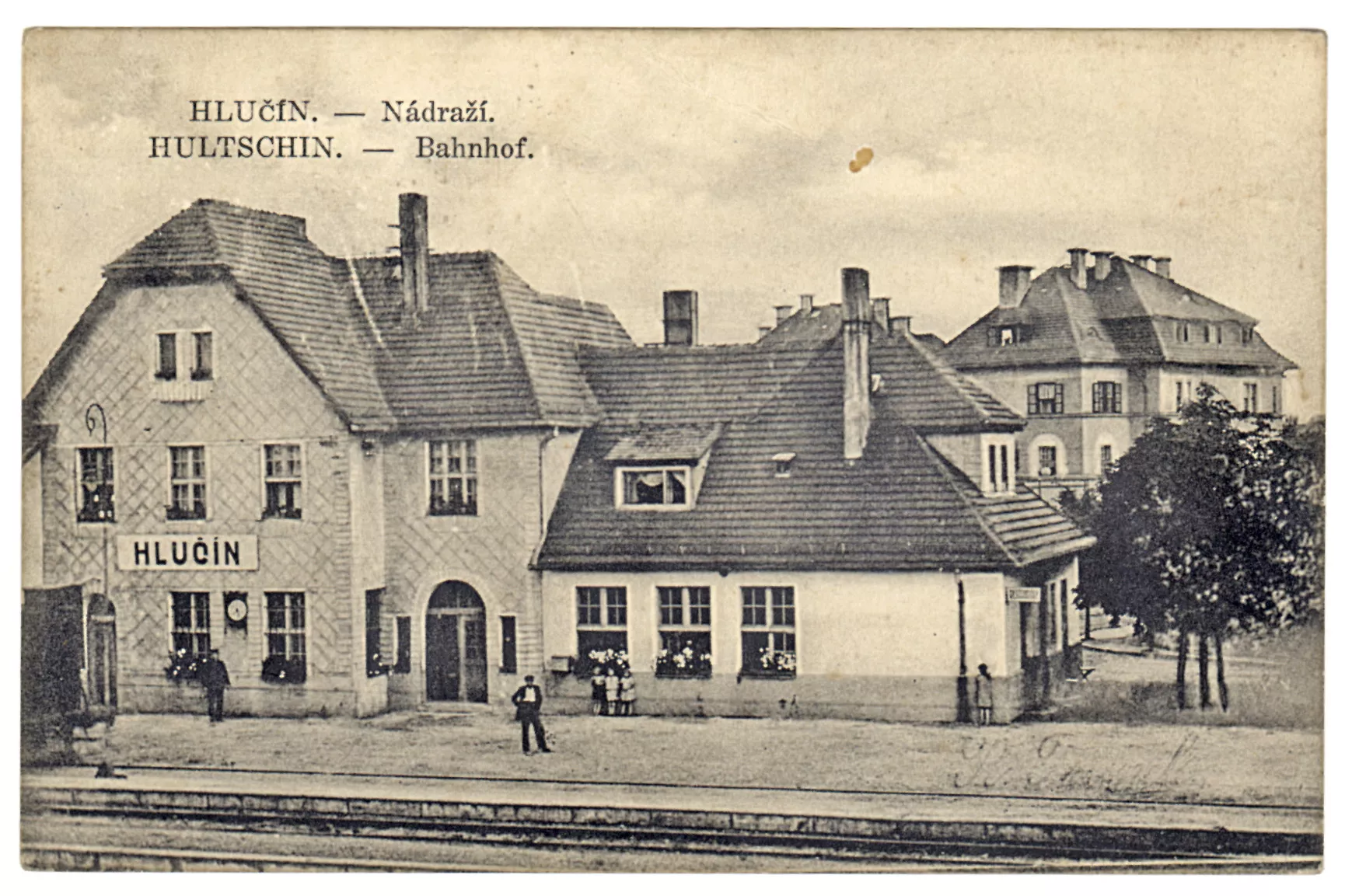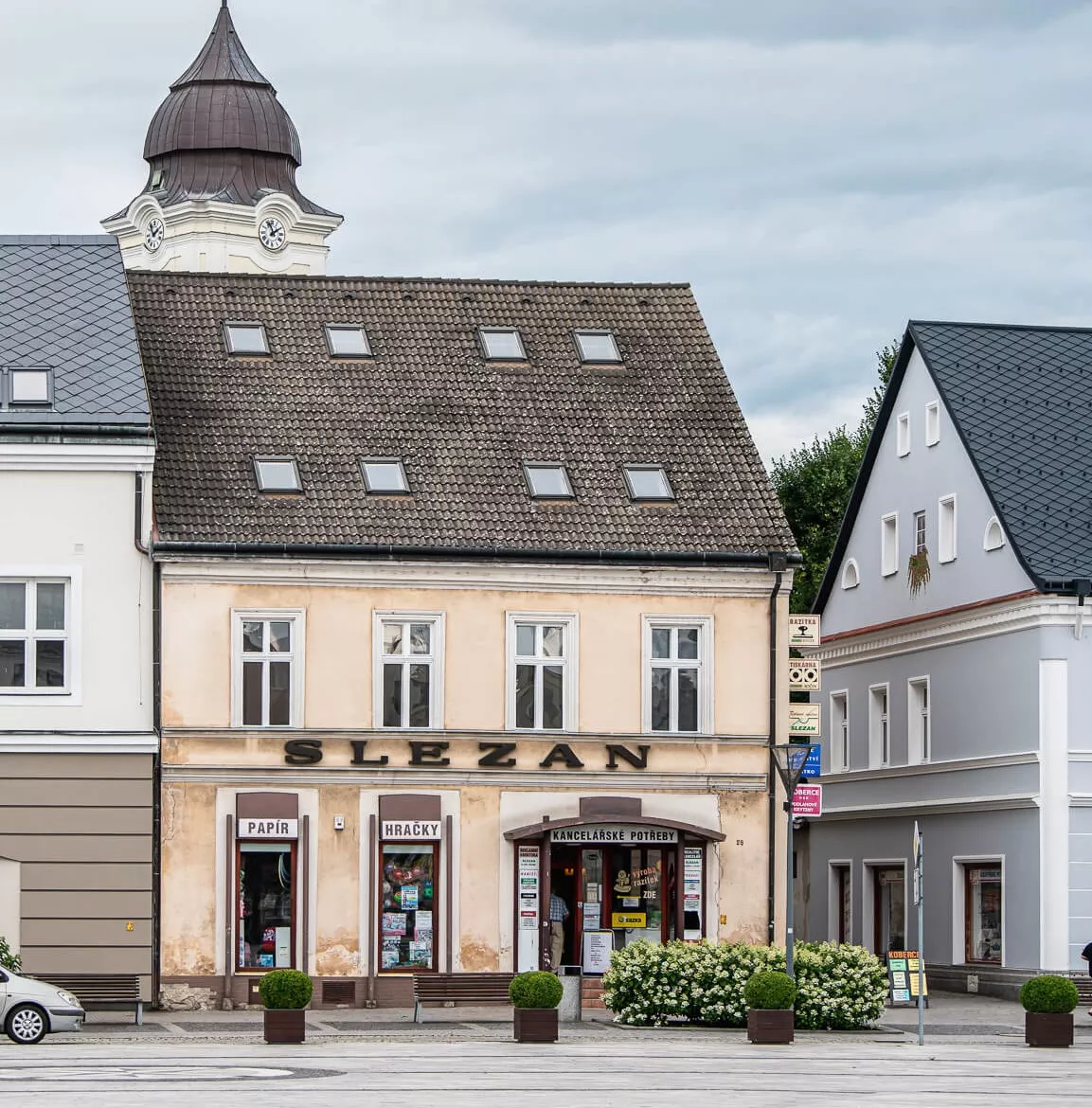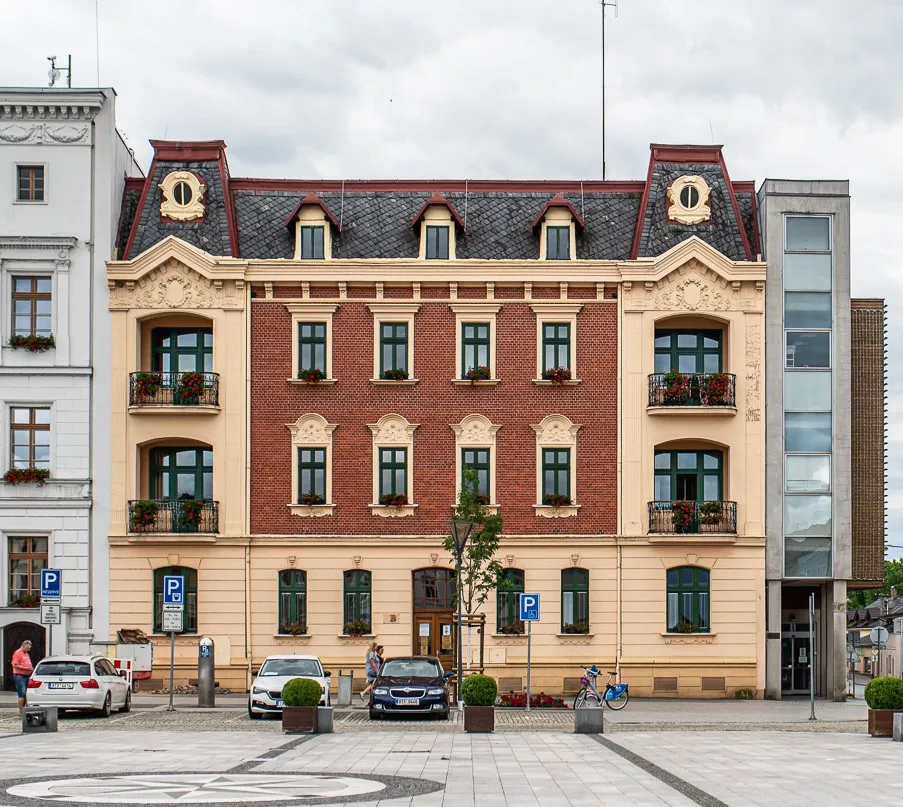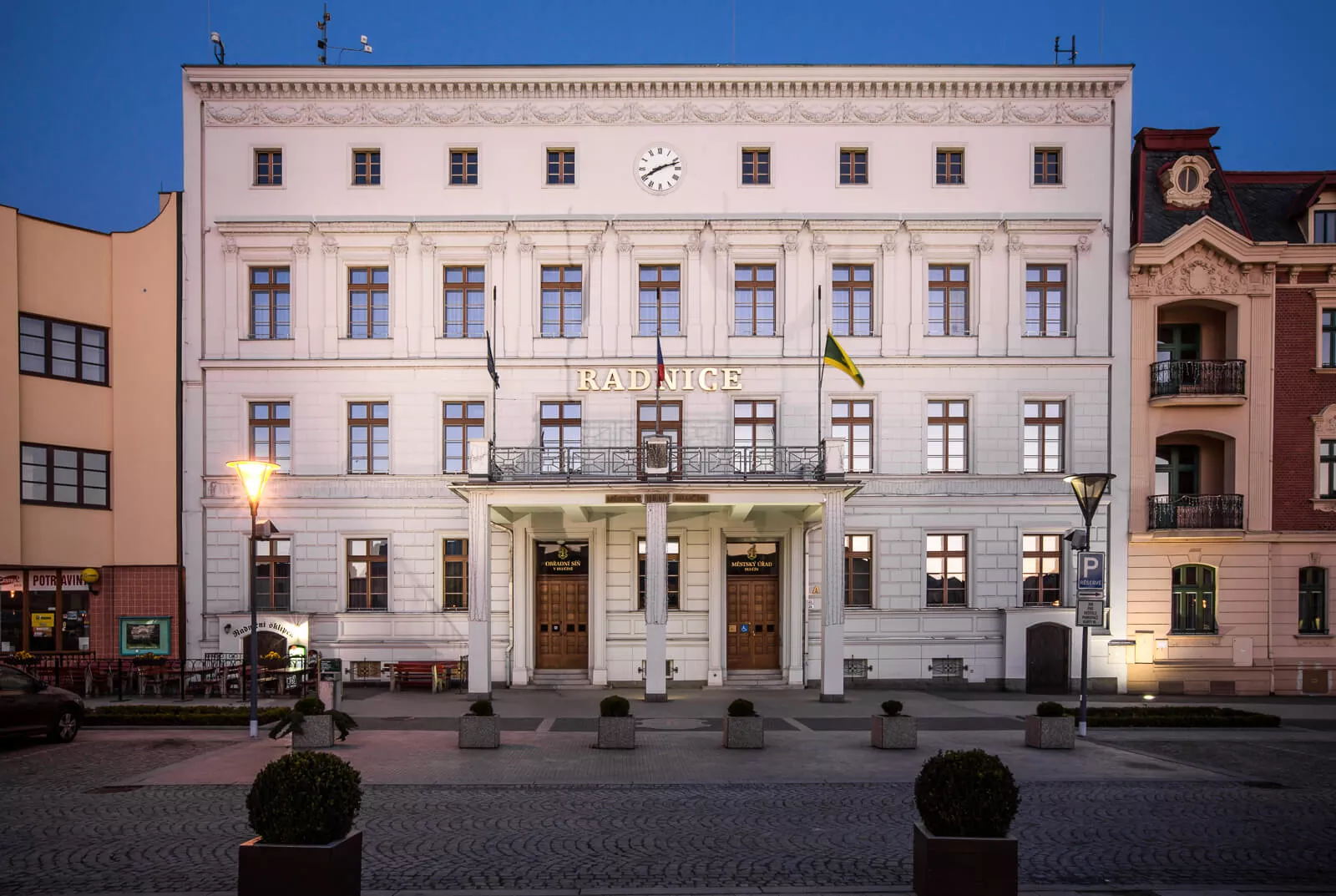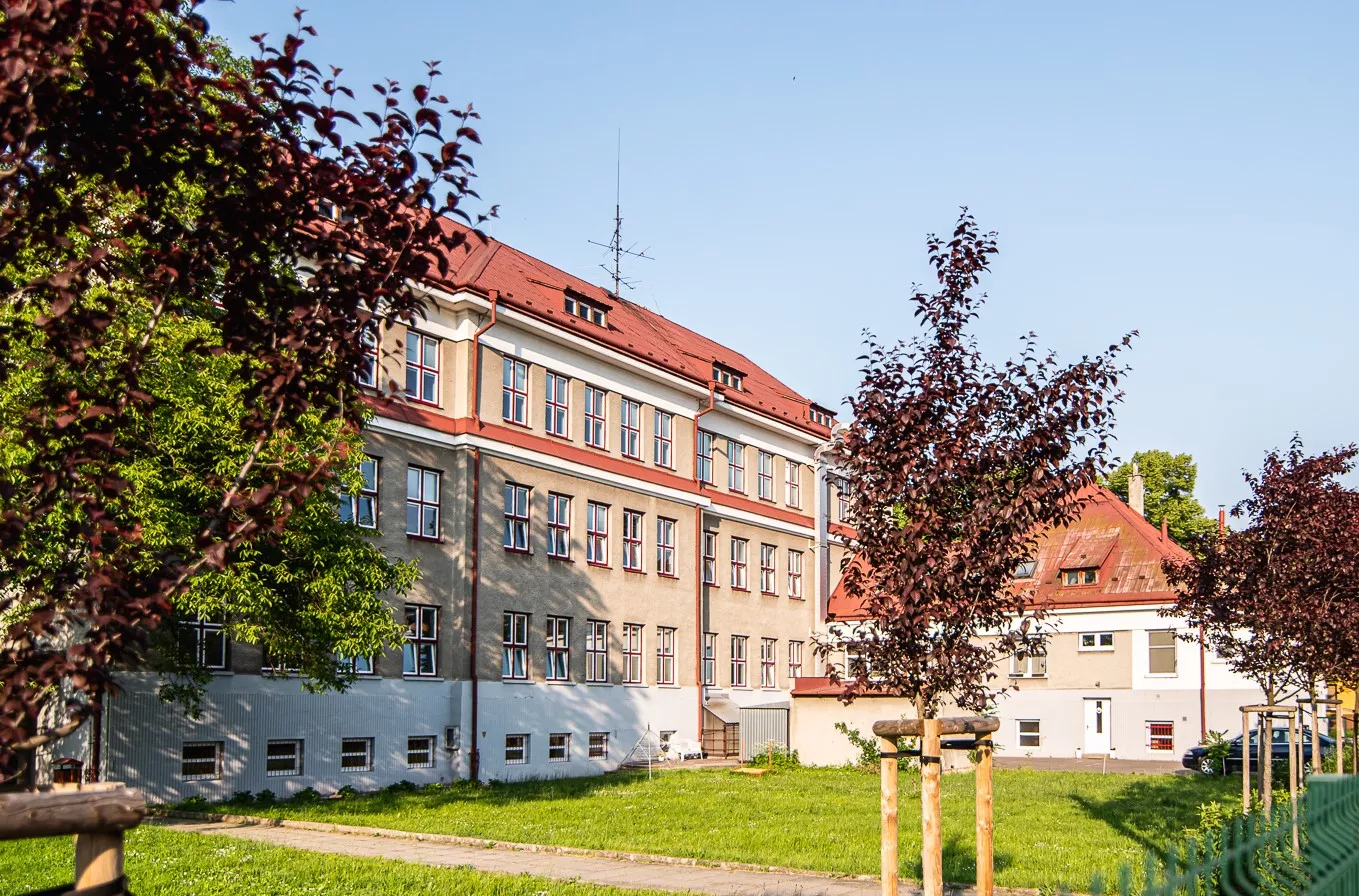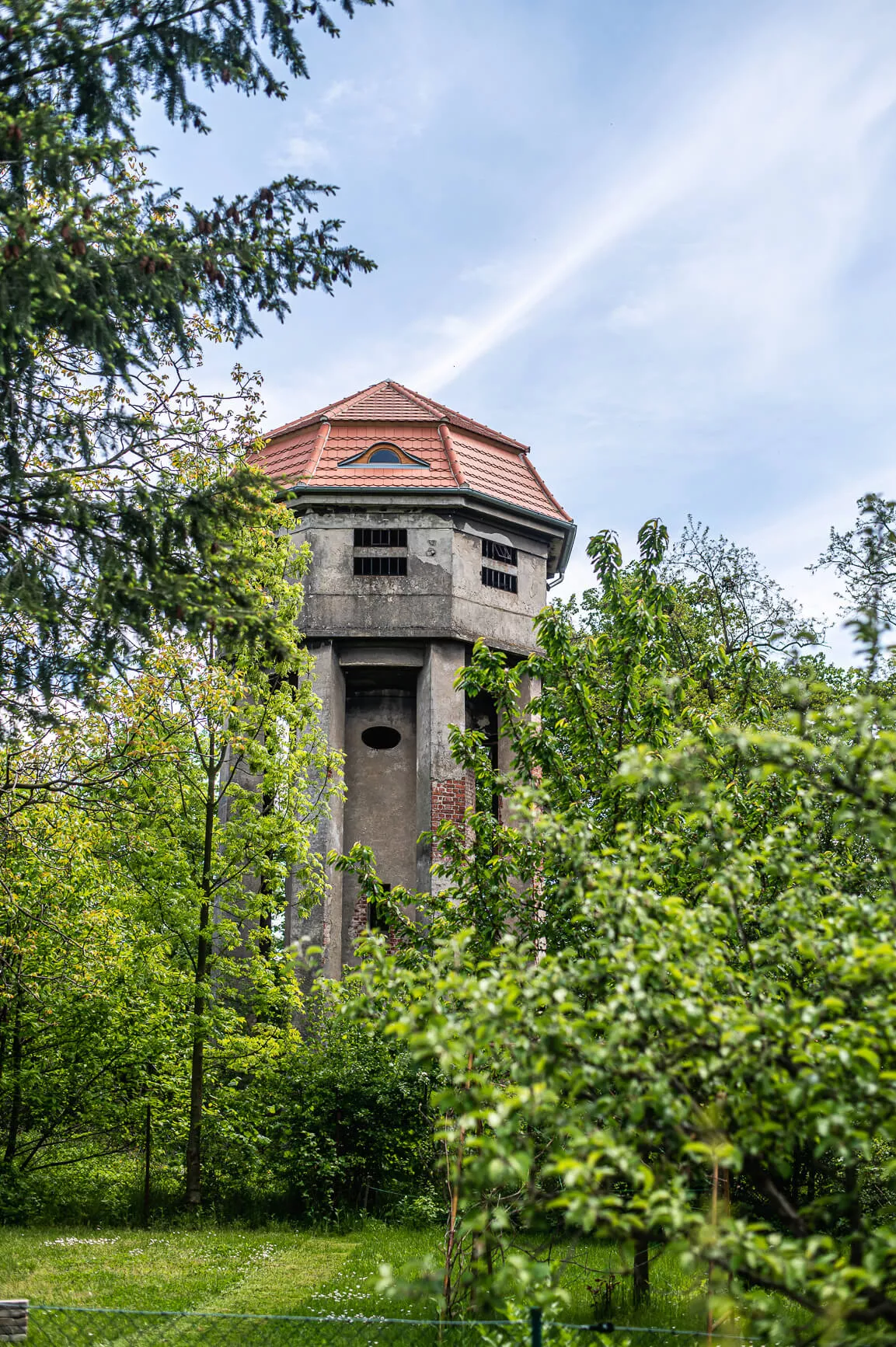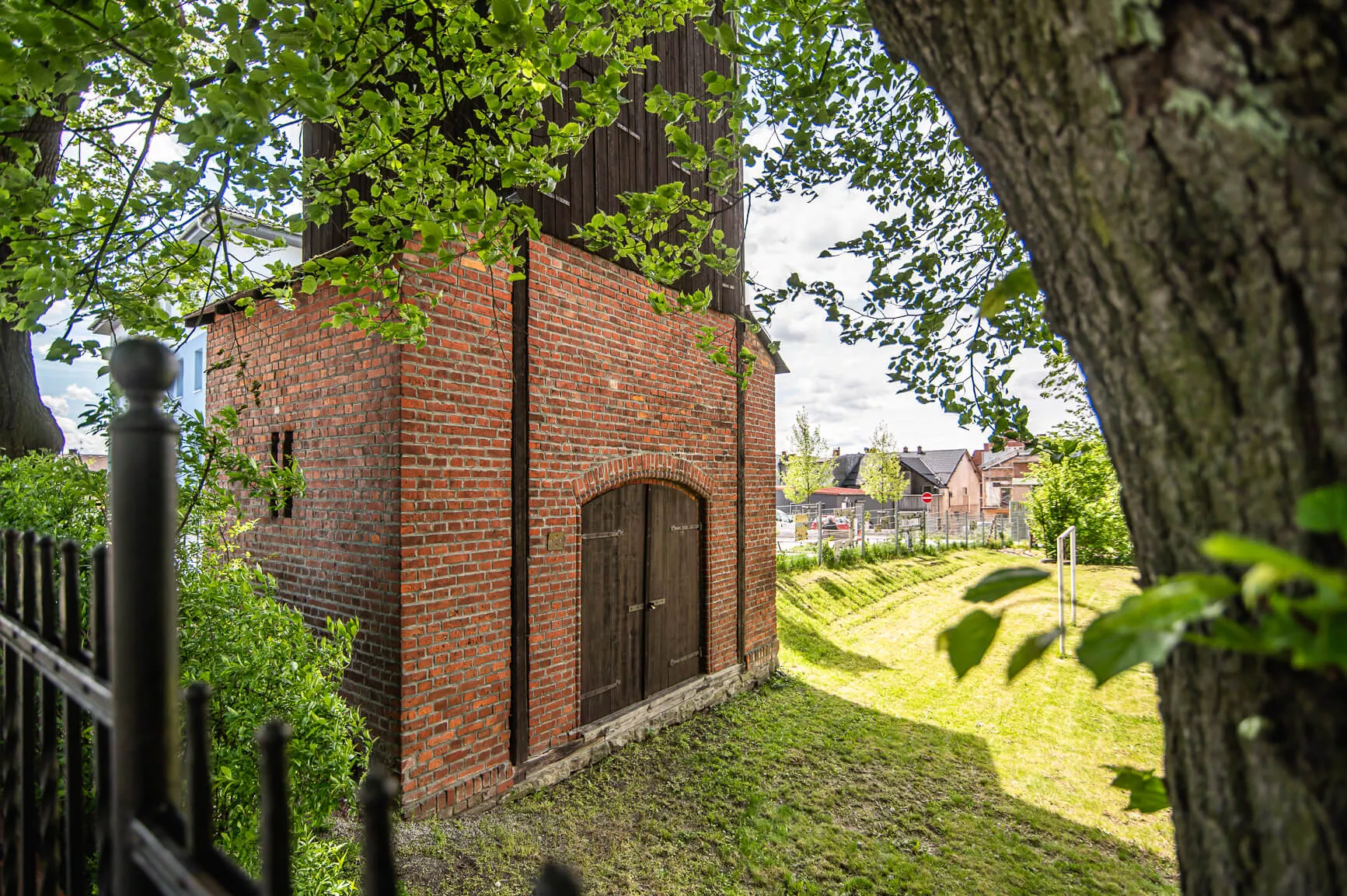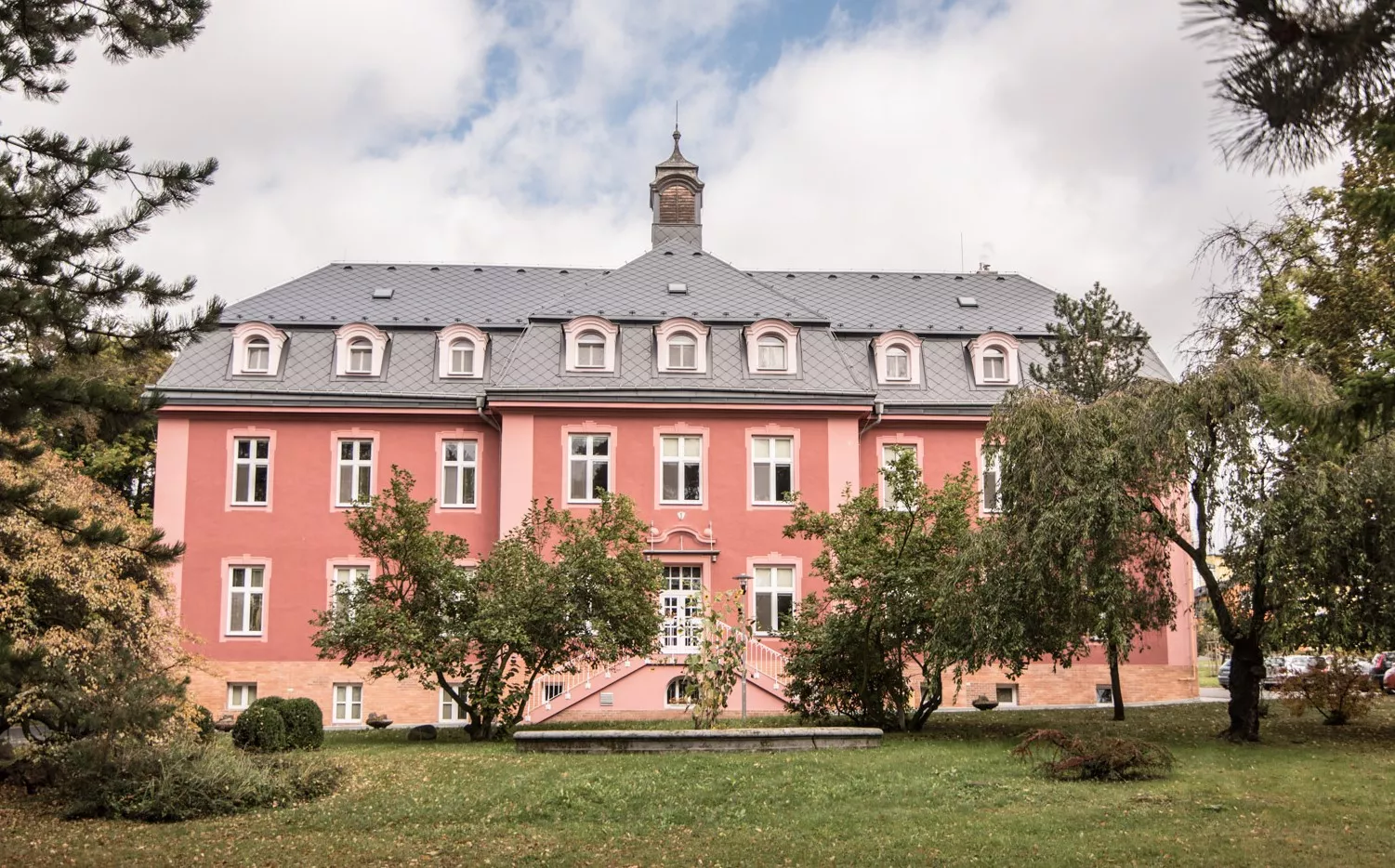Dean Šimon Richter (1804–1878) had sought to establish a girls’ school run by nuns in the town, but he did not live to see his plan fulfilled. In order that his wish might be fulfilled, he left a bequest of 60,000 marks. His successor, the parish priest Jáchym Richtarský (1831–1887), was likewise unable to bring Richter’s plan to fruition, mainly because, alongside other urgent parochial duties, he had to contend with the anti-Catholic climate of the Prussian Kulturkampf, which aimed to exclude the Church from influence over education. Only after Richtarský’s death did his heir, his brother Antonín Richtarský (1822–1893), Archpriest and Archiepiscopal Commissioner in Kietrz, immediately take on the task. He created the Dechant Richtersche Stiftung foundation and drew up its statutes, but, given the political situation in Prussia, he changed the original purpose of the donation and, instead of a school, set up a charitable institute. In 1891, together with the Hlučín parish priest Josef Pientka (1830–1895), he laid the foundation stone. The building was completed, consecrated, and opened as a hospital within the same year. The institute was entrusted to the Grey Sisters of St Elizabeth of the Third Order of St Francis, who were from Wrocław.
The designer, the builder Adolf Gloger (1825–1908), gave the institute the form of a late-Classical palace with a raised central risalit topped by a low triangular pediment. The risalit is rhythmically articulated by four Tuscan pilasters carrying an entablature that originally bore the inscription Dechant Richtersches Stift. In 1900, a decision was taken to extend the building with a side wing. According to plans drawn up in spring 1901 by the Dolní Benešov builder Josef Holuscha (1865–1927), a west wing was added at right angles to the older structure. Holuscha sensitively followed Gloger’s articulation of the façades, but, for greater pictorial effect, he accentuated the ends with shallow risalits and marked the corner with an oriel. The extension’s second floor incorporated a chapel, that of the Sacred Heart, which the institute had previously lacked.
In 1918, the building was temporarily converted into a convalescent home for soldiers wounded in the First World War. In the years that followed, part of the institute was taken over by the tax office, and in the mid-1930s officers of the local regiment lived here for a short time. After the Second World War, the building served as the seat of the District National Committee, until the Hlučín District was abolished in 1960. In 1975, it was adapted for the needs of a Residential Care Institute for Youth, which still operates here today.

